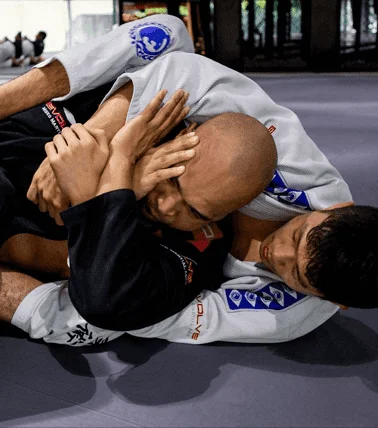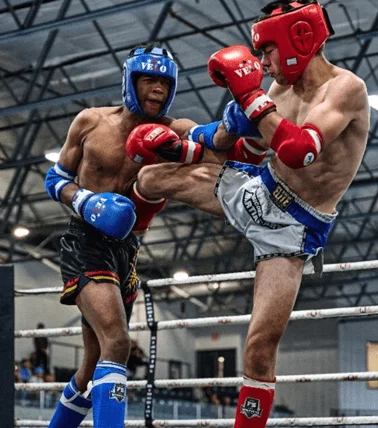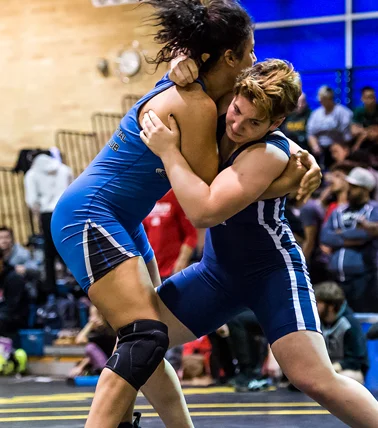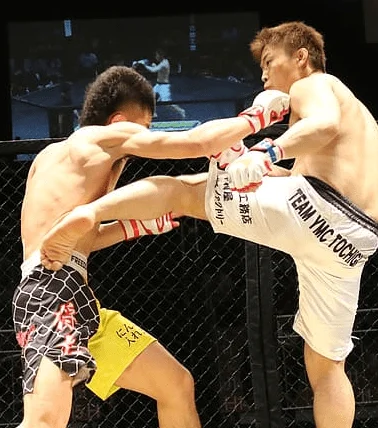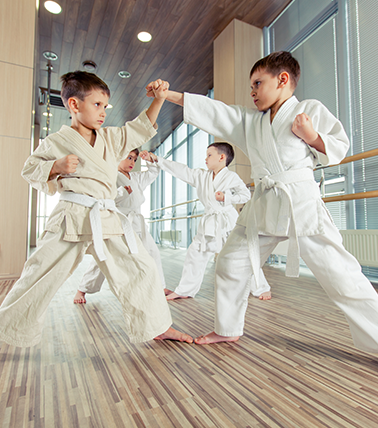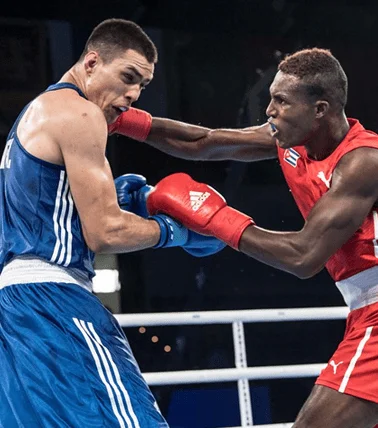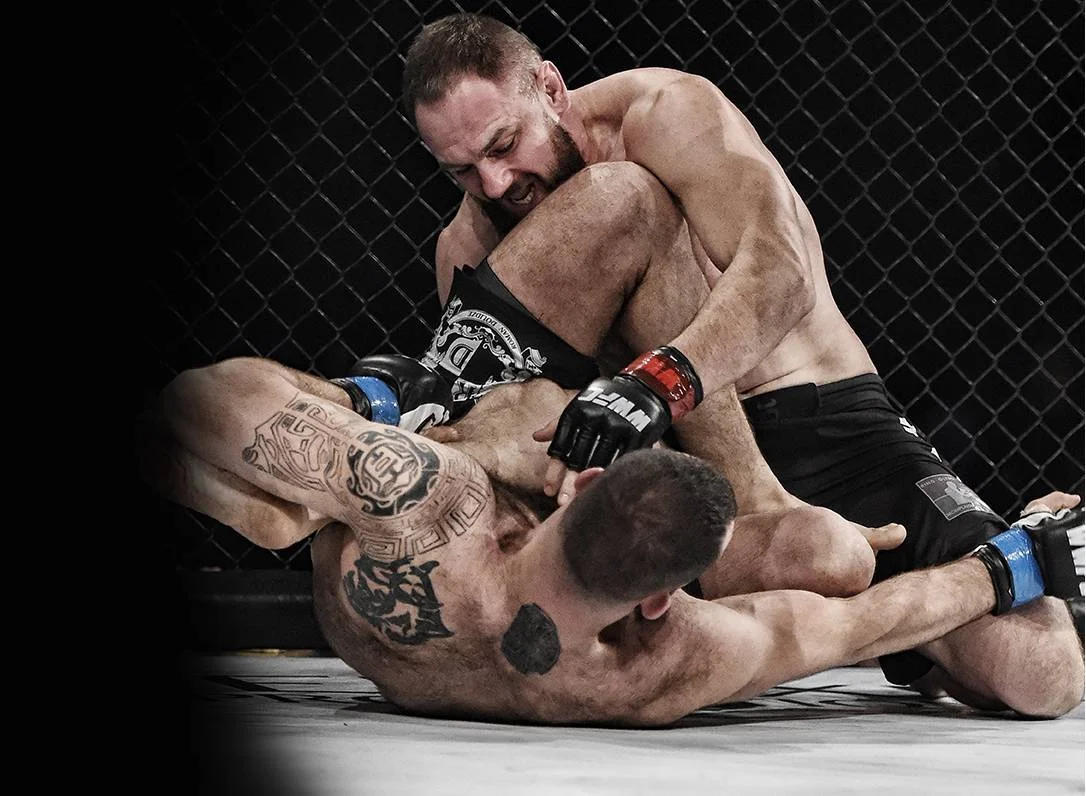Inquire about our new boxing program today
Brazilian Jiu-Jitsu (BJJ)
Jiu-jitsu is all about overcoming raw power with leverage and technique. At Etobicoke Martial Arts we practice 10th Planet Jiu-Jitsu, a non-traditional, no-gi jiu-jitsu system developed by Eddie Bravo






